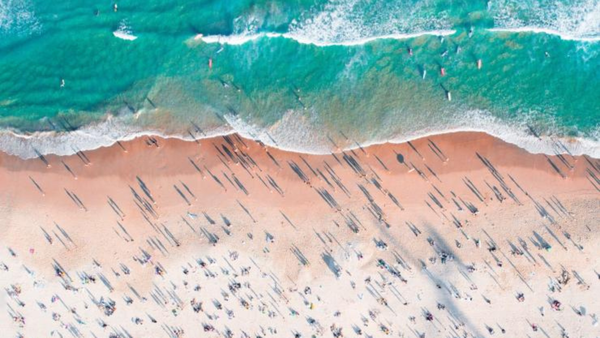It has been 217 years since the Cochrane’s Canal, which later became the Buckingham Canal, came into existence. The canal’s construction, covering its entire stretch of roughly 420 kilometres from Pedda Ganjam in Andhra Pradesh to Marakkanam in Tamil Nadu, happened in phases throughout the major part of the 19th Century from 1806 to 1882.
Its importance as a major waterway diminished since the early 20th Century, mainly because of the expansion of the railways. There were significant spurts during the World Wars. But it remained a means for goods transport even till the 1960s. An official document had recorded that the value of goods transported through the entire stretch of the canal in 1951-52 was at least ₹20.73 crore, a remarkably high amount for those days. A report in The Hindu in September 1962 said 1.47 lakh tonnes of goods — such as rice, firewood, cotton, salt, shell, straw, coconuts, fish, oil, building materials and iron ore — were transported in 1961-62 through the canal in the Madras State alone.
The canal’s maintenance remained an issue since the early 20th Century as the revenue from transport proved inadequate to maintain the not-so-wide and shallow canal, which required regular desilting. Over the decades, other problems such as the canal becoming a point for sewage networks to drain, further decline in need for cargo transport and encroachments rendered it unusable.
There has, however, been no dearth of proposals to improve and beautify the canal, all of which either remained non-starters or failed to bring any change. In 1961, the government considered the option of introducing passenger boat services. In 1973, the State submitted a proposal to the Union government for “major improvements” at a cost of ₹6 crore. In 1987, there was another attempt at restoring cargo traffic by improving the canal at a cost of ₹10 crore.
Then came the Mass Rapid Transit System (MRTS). At its nascent stage, a report in The Hindu in March 1988, described the project as “godsend” as it would entail the removal of all encroachments. Ironically, the MRTS turned out to be the single biggest encroachment on the canal and made the possibility of reviving the canal as a waterway remote forever, at least within the city.







